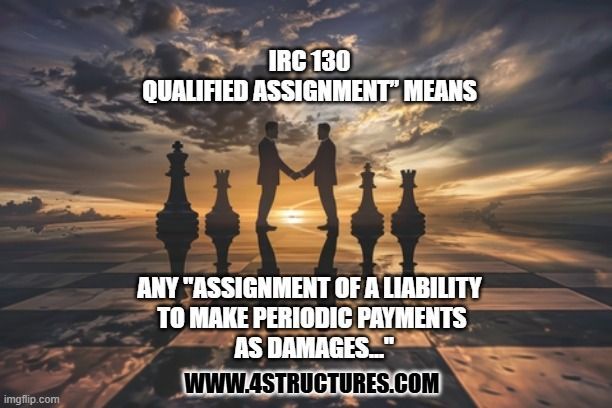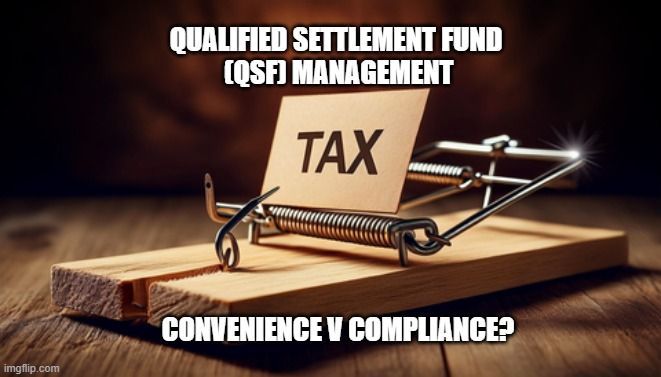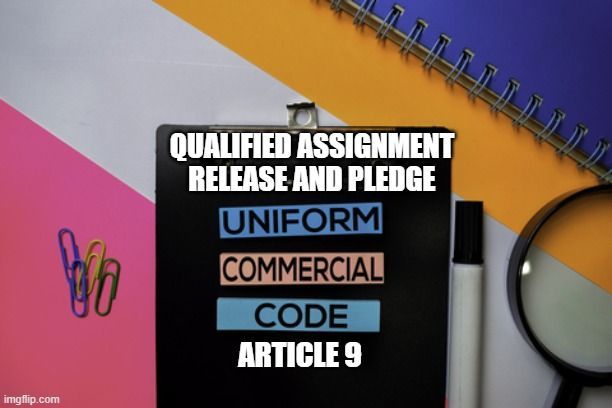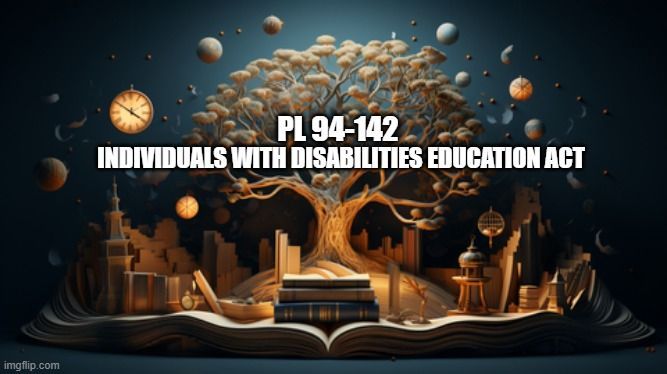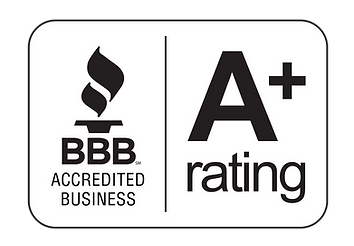Can Structured Annuity Issuer Just "Refund" Annuity Premium to a Payee If Payee Changes Their Mind?
Does a Structured Settlement Have a "Free Look" Period Like Other Insurance?

"Whoa Nelly" accepted a structured settlement and, upon later reflection, felt she had been pressured by "Slick Ricky Pluckafiglio", the settlement adviser recommended by her lawyer, into accepting a structured settlement funded by an annuity issued by "Sauerkraut Mutual Life Insurance Company". Nelly wanted out.
Nelly then contacted Sauerkraut Mutual and reached Helga Brat. Brat, in turn conferred with managers Cecile Andouille and "Hans Gruberschmutz" and a decision was made to "refund" the premium paid to Sauerkraut Mutual, including any commission paid to "Slick Ricky Pluckafiglio". Now that really is alot of heartburn to digest.
Does a Structured Settlement Have a Free Look Period Like Other Insurance? The Shocking Misleading Answer Provided by AI
According to Microsoft Co-Pilot...
"A "free look period" on a structured settlement typically refers to a timeframe, usually between 10 and 30 days, where the recipient of a structured settlement can review the terms and decide to cancel the agreement without penalty, essentially getting a full refund of the settlement amount if they decide it's not suitable for their needs; this period allows them to carefully consider the details of the structured payments before committing to the arrangement, similar to how a new insurance policy might have a free look period.
Example scenario:
- receives a $1 million settlement:
- After a car accident, John is offered a structured settlement with monthly payments over 20 years.
- 30-day free look period:
- John has 30 days to review the terms of the settlement, including the payment schedule, interest rates, and any potential tax implications.
- Decision to cancel:
- If within those 30 days, John decides the structured settlement isn't a good fit for his needs, he can cancel the agreement and receive the full $1 million back as a lump sum.
Key points about free look periods on structured settlements, according to Microsoft Co-Pilot:
- Consider state regulations:
- The length of the free look period can vary depending on the state where the settlement is issued and the specific rules governing structured settlements.
- It's Important to read details:
- During the free look period, it's crucial to thoroughly review the settlement documents and consult with a financial advisor to fully understand the implications of the structured payments.
- No penalties for cancellation:
- If you decide to cancel during the free look period, you should not face any penalties or fees".
COMMENT: Microsoft Co-Pilot gives an inaccurate and conflated answer to the question of Structured Settlement Annuity Premium refunds to a Payee and should not be relied upon. Let's examine why.
Consider How Is a Structured Settlement is Established
After a period of negotiation, the Parties agree to settle the claim or lawsuit. A settlement is an agreement reached through compromise.
Parties may agree to a structured settlement as part of the consideration for the settlement of the lawsuit along with the other terms of the settlement. Plaintiff's settlement adviser is often a part of that process and was the case in the Whoa Nelly settlement.
The terms are then memorialized in a Settlement Agreement and Release. What is a Settlement Agreement and Release ?
A Settlement Agreement and Release is a legally binding contract between two more parties to resolve a dispute.
Elements of a contract
- Offer
- Acceptance
- Meeting of the Minds (Awareness)
- Consideration (Something of value exchanged)
- Definite Agreement (Specific terms outlined)
- Capacity (Legal ability to contract)
- Legality (Terms must comply with the law)
A settlement agreement must meticulously outline all terms agreed upon. This includes, but is not limited to, the amount of compensation, payment structure, and any non-monetary provisions. The effectiveness of a settlement agreement hinges on its clarity. It is not simply an informal understanding; it is a formal arrangement that, once agreed upon, can be legally enforced.
What Additional Elements Are Unique to a Settlement Agreement With a Structure?
When there is a structured settlement, the Settlement Agreement and Release is a contract that sets forth an obligation to make periodic payments to the Plaintiff (Payee) including the payment schedule, the assignee and annuity issuer, among other things. Without a contractual promise to pay periodic payments in exchange for a release of liability, there is no structured settlement. Please refer to the Structured Settlement Flow Chart below.
Most Structured Settlements Involve a Qualified Assignment
A qualified assignment is a contract executed between the Defendant (or the Defendant's Insurer) and the qualified assignment company, with the Plaintiff's consent (Step 2 in Flow Chart). The consent is found in the Settlement Agreement and Release, which is a contract between the Plaintiff and the Defedant (or the Insurer on behalf of the Defendant, its Insured). There are different types of qualified assignment agreements, some of which include signatures of the plaintiff, or their guardian. Regardless, the plaintiff will have consented to the qualified assignment and upon the assignment release Defendant and Insurers from the periodic payment liability. See What is a Qualified Assignment?
The qualified assignment serves an important purpose, which is to assign the obligation to make future periodic payments from Defendants (or their Insurers) to the qualified assignment company. The qualified assignment is beneficial to the process of reaching agreement, by enabling the Defendant or Insurer to offer inherently more value within its policy limits.
Qualified Assignment Company is Buyer and Owner of Structured Settlement Annuity Contract
The plaintiff cannot buy a structured settlement annuity on their own.
Where there is a qualified assignment, the qualified assignment company owns the annuity and has all rights of ownership. This is a material term any Settlement Agreement and Release where there is qualified assignment. Even in the even there is no qualified assignment, the party to whom the periodic payments are due is never the owner of the annuity contract and has no rights of ownership in the annuity contract.
Common Clause in Settlement Agreements Regarding a Payee's Right to Periodic Payments
"None of the Periodic Payments may be accelerated, deferred, increased or decreased and may not be anticipated, sold, assigned or encumbered. Any attemptsto do so will be void". Some agreements may include "except as may be authorized by IRC 5891 and applicable state settlement protection acts".
How Does an Annuity Issuer "Refund Money" to a Payee?
A. Commutation?
A structured settlement commutation rider is an optional provision in a structured settlement that allows for the conversion of some or all future structured settlement payments into a lump sum. This conversion typically occurs at a specific event, such as the death of the annuitant, and is done according to a formula specified in the settlement agreement.
The primary purpose of a commutation rider is to provide liquidity for the beneficiaries. This can help pay estate taxes, settle Medicaid liens, or cover other post-mortem financial obligations. For example, if a structured settlement is paying into a Special Needs Trust (SNT), a commutation rider can ensure there are funds available to pay off any Medicaid liens upon the death of the beneficiary.
However, it's important to carefully consider the use of commutation riders, as they can sometimes lead to the unnecessary discounting of periodic payments, which might not be in the best interest of the beneficiaries. Each case should be evaluated individually to determine the most appropriate settlement planning strategy.
Commutation Riders first appeared in the late 1990s when Estate tax exemptions were much lower then they are today. one important aspect of the favorable IRS Private Letter Ruling 9812027 obtained by Allstate Life Insurance Company included the provision that the terms had to be reflected in the original settlement documents and the annuity contract (i.e. not after the fact).
This became even more evident years later, following the death of a woman named Wanda Hammond. Wanda's structured settlement had been created as part of the compensation for a wrongful death settlement. Her late son, Rodney Culver, a former NFL and University of Notre Dame running back, tragically lost his life in the May 11, 1996, ValuJet crash in the Florida Everglades. The Estate of Wanda Hammond and New York Life Insurance Company got into a dispute. In this case, Wanda Hammond's heirs and the administrator of her estate wanted to commute the remaining structured settlement payments into a lump sum after her death. However, New York Life objected, stating that the necessary language for such a commutation wasn't included in the original settlement agreement and qualified assignment.
It should be noted that while Commutation riders are commonplace today, it was some time after Allstate introduced theirs before other structured annuity issuers followed. It should further be noted that the introduction of Commutation Riders was not retroactive.
In the Hammond case, the court ruled in favor of New York Life, meaning the Estate of Wanda Hammond couldn't compel the annuity issuer to pay out a lump sum. This case highlights the importance of having clear and specific language in settlement agreements if commutation is desired. See my May 26, 2020 blog on 4structures' Settlement News Network for more details. Estate Cannot Commute Structured Settlement to Lump Sum IF...
B. Factoring?
What Notice Required to the Assignor that contracted with the Assignee to take over the Assignor's periodic payment obligation.
I.R.C. § 5891 (a) "Imposition Of Tax — There is hereby imposed on any person who acquires directly or indirectly structured settlement payment rights in a structured settlement factoring transaction a tax equal to 40 percent of the factoring discount as determined under subsection (c)(4) with respect to such factoring transaction".
If an Annuity Issuer paid the full amount of the premium (including its agent's commision) plus the qualified assignment fee and AFTER the qualified assignment was executed in compliance with IRC 130(c), AND after the annuity was purchased by the qualified assignment company from the annuity issuer in compliance with IRC 130(d) and annuity issued. where the annuitant only has "the right to receive periodic payments that would represent a discounted present value wouldn't it? Would it be deemed a factoring transaction? If there is an absence of a "qualified order", wouldn't an excise tax apply?
In light of the federal tax law created by H.R. 2884, Section 5891(b)(2) of the Internal Revenue Code of 1986 and related state legislation, in certain circumstances where a financial or medical emergency qualifies and meets court approval, some life insurance companies will consider permitting a Hardship Commutation to liquidate an immediate lump sum in exchange for the rights to future guaranteed structured settlement payments
Failure to Satisfy Section 130(c) Clause in Qualified Assignment Agreements
"If at any time prior to completion of the Periodic Payments, the Settlement Agreement is declared terminated in a final, non-appealable order of a court of competent jurisdiction (or in the case of determined in any such final order that the requirements of Section 130(c) of the Code have not been satisfied in connection with this Agreement: (i) the assignment by Assignor to Assignee of the liability to make the Periodic Payments, Assignee shall be of no force or effect; (ii) Assignee shall be conclusively deemed to be acting as the agent of Assignor; (iii) the Annuity shall be owned by Assignor, which shall retain the liability to make the Periodic Payments; (iv) Assignee shall have no liability to make any Periodic Payments; and (v) the parties hereto agree to cooperate in taking such actions as may be necessary or appropriate to implement the foregoing".
IRC 130(c)(2)(B) Qualified assignment. What Does It Say?
"For purposes of this section, the term "qualified assignment" means any assignment of a liability to make periodic payments as damages (whether by suit or agreement), or as compensation under any workmen's compensation act, on account of personal injury or sickness (in a case involving physical injury or physical sickness)-
(B) such periodic payments cannot be accelerated, deferred, increased, or decreased by the recipient of such payments"
If the annuity issuer contracts with the payee does not work to refund the payments including the agents commission
So, if the annuity issuer simply "refunds" the sum of money to Whoa Nelly (includes the annuity premium, qualified assignment fee and the agent's commission, paid by the Defendant (or its Insurer) to the Assignee which bought and owns the Annuity) to the Payee, how does the qualified Assignee, which bought and owns the annuity, resolve its contractual obligation to the Assignor under the qualified assignment agreement?
Alice in Wonderland Grade"Curiouser and Curiouser"
If the remedy under the qualified assignment agreement is a termination of the Settlement Agreement in a final nonappealable order by a court of law and an unwind of the qualified assignment and the Annuity being owned by the Assignor which retains the obligation to make Periodic Payments, can you see why this could get a bit messy AND how certain circumstances could make things Alice in Wonderland "curiouser and curiouser"?
Last updated December 26, 2024
